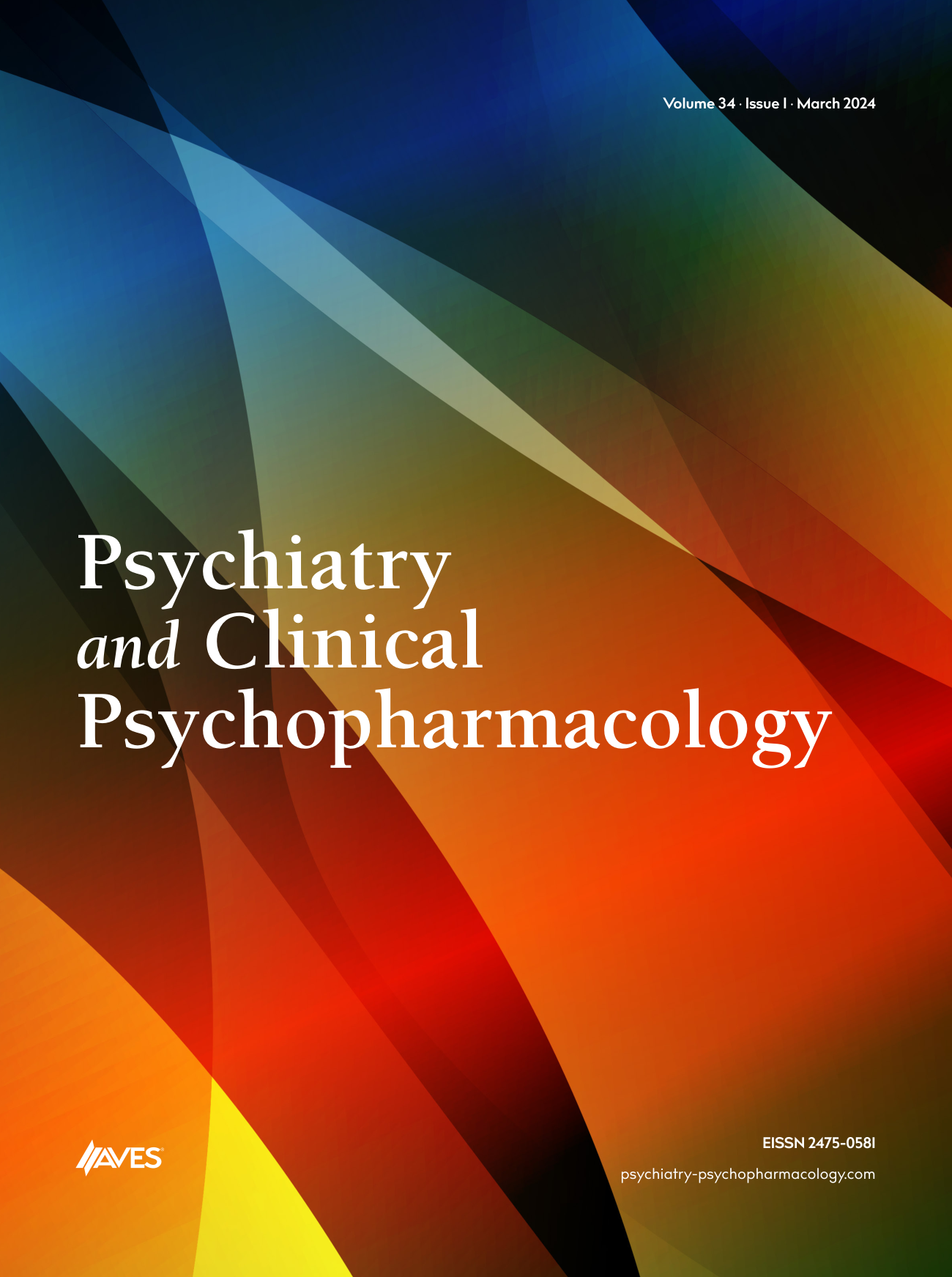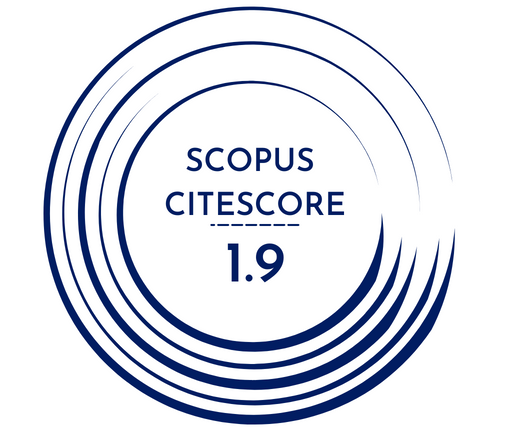Introduction: Atomoxetine is the first and only non-stimulant approved by the Food and Drug Administration for the treatment of Attention Deficit and Hyperactivity Disorder (ADHD) in children, adolescents, and adults and the first medication approved for the treatment of adult ADHD. Atomoxetine hydrochloride, a selective presynaptic norepinephrine-reuptake inhibitor, is thought to have little affinity for other neurotransmitter systems or specific noradrenergic receptors, thus minimizing adverse effect. Clinical trial data indicate that atomoxetine is safe and well tolerated for the treatment of ADHD; however, safety data about long-term use (greater than 1 year) are unavailable. Typical side effects of atomoxetine are upset stomach, nausea and vomiting, decreased appetite, constipation, headache, dry mouth, urinary hesitance, and insomnia. Mydriasis, dilation of the pupil caused by a shift in muscle tone, has been reported with atomoxetine more than placebo in clinical trials and more so in 2% of poor metabolizers of CYP2D6 versus 1% of extensive metabolizers of CYP2D6.
Case: 9-year old boy with ADHD (attention deficit type) was prescribed 20 mg of atomoxetine orally once daily for 10 days.The dose was then increased to 25 mg. After 15 days,the boy developed mydriasis.Since there was neither concomitant drug use nor the ophthalmologist noted mydriasis stemming from his genetic disease, a relationship between atomoxetine and development of midyriasis was suggested.
Discussion: This case is considerable because being aware of the possibility of mydriasis before starting treatment with atomoxetine, especially among adults who are prone to develop angle-closure glaucoma is important.



